Although there’s always been a healthy interest in the premium end of the compact market, Sony’s decision to squeeze a 1.0-inch sensor into the RX100 four years ago gave the format a much-needed boost.
While such cameras have their limitations, and cannot always serve as a substitute for interchangeable-lens systems, the continuing improvement in the quality of their output, and their compact proportions, mean they’re often a first choice for general shooting – and sometimes more considered photography too.
Sony has enjoyed great success with its RX100 line, partly because of the sensor at the heart of these models but also thanks to the use of high-quality optics and advanced video functionality.
Rival manufacturers, however, have fought back with similar propositions. Canon’s PowerShot G7 X and G7 X II have been Sony’s main competitors to date, and now Panasonic has stepped into the ring too, with the LX10 (known as the LX15 outside the US).
Of course, Panasonic is no stranger to enthusiast compacts, with its LX series of cameras often considered as some of the finest of their kind. Yet, this is the first model to sport the same combination of a 1.0-inch sensor, short but high-quality zoom lens, and a body that’s designed similarly to Sony and Canon’s alternatives.
Panasonic’s naming convention suggests the model is positioned above the now-discontinued LX7, which used a respected but ageing 1/1.7-inch type of sensor, and the still-current LX100, which employs the larger Micro Four Thirds type (but at the expense of size).
The LX10 is pocketable, replete with manual controls and has an impressive spec sheet; but does it offer anything different enough to its more established 1.0-inch-sensor-toting competitors to warrant serious consideration?
Features
- 1.0-inch CMOS sensor, 20.1MP
- 24-72mm f/1.4-2.8 zoom lens
- 4K video capture
The Lumix LX10 is designed around a 20.1MP 1.0-inch CMOS sensor, the same kind that has been incorporated into Panasonic’s recent ZS100 / TZ100 and FZ2000 superzoom models. This captures images in a 3:2 aspect ratio as standard, over a capable sensitivity range of ISO125-12,800, with expansion settings down to ISO80 and up to ISO25,600 equivalents.
In addition to stills, the sensor records video in 4K quality, here in the 4K UHD format (3840 x 2160 pixels). This is captured at a maximum frame rate of 30fps, with 25fps and 24fps options also on hand, although if this is surplus to requirements, or you’re using a slower memory card, you can opt for Full HD recording at a variety of frame rates up to 60fps instead.
4K video recording is complemented by a whole suite of supporting and related options, such as the ability to pull 4K-resolution frames from footage and a 4K Live Cropping option that allows you to zoom into the scene and set the camera to automatically pan across, outputting the results at a Full HD resolution.
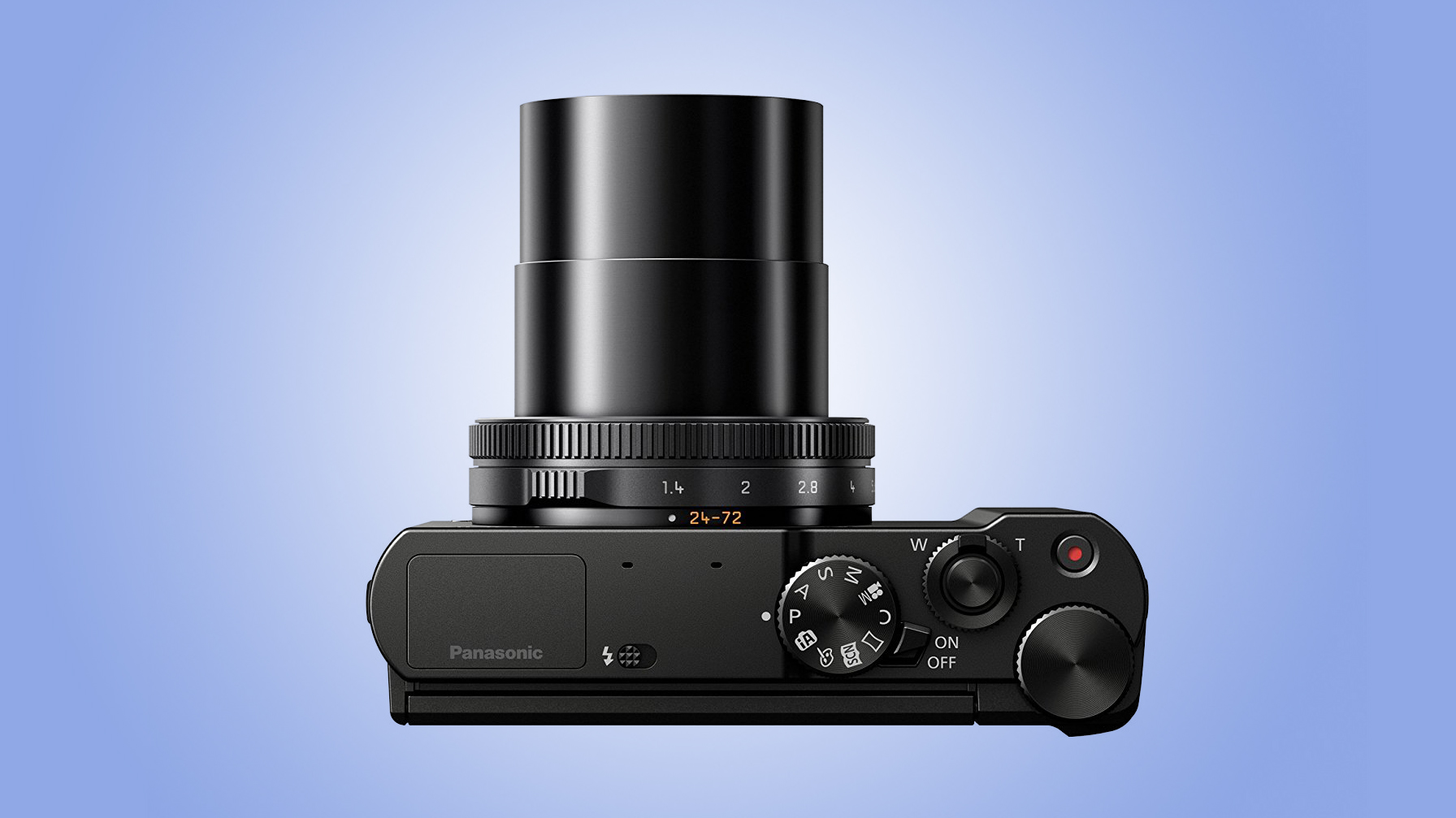
The lens travels between 24-72mm (in 35mm-equivalent terms), and has a respectably wide aperture of f/1.4-2.8. Its short focal range and wide maximum aperture indicates that this is a high-quality optic, a fact underlined by the presence of two dual-sided aspherical ED elements, four dual-sided aspherical elements and a single Ultra High Refractive (UHR) element.
The optic has also been furnished with a nine-bladed diaphragm to help deliver circular bokeh, and can focus down to 3cm from the subject when used at its wide-angle setting in a macro mode. Panasonic has also fitted it with an optical image-stabilisation system, which works in conjunction with sensor-based stabilisation to form a five-axis Hybrid OIS+ system.
The rear of the camera sports a 3.0-inch touchscreen LCD, with a 1.04 million dot resolution and the option to tilt it upwards and around a full 180 degree rotation so that it ends up facing the front. This action immediately brings up a handful of portrait-specific modes such as skin softening and slimming filters, both available in various degrees.
A handful of Photo Styles enable you to vary colour effects and to call upon monochrome options, and you can even create your own with a Custom setting. These are bolstered by a range of Filter Effects such as Expressive, High Key and Retro, and you can use these for both stills and video recording.
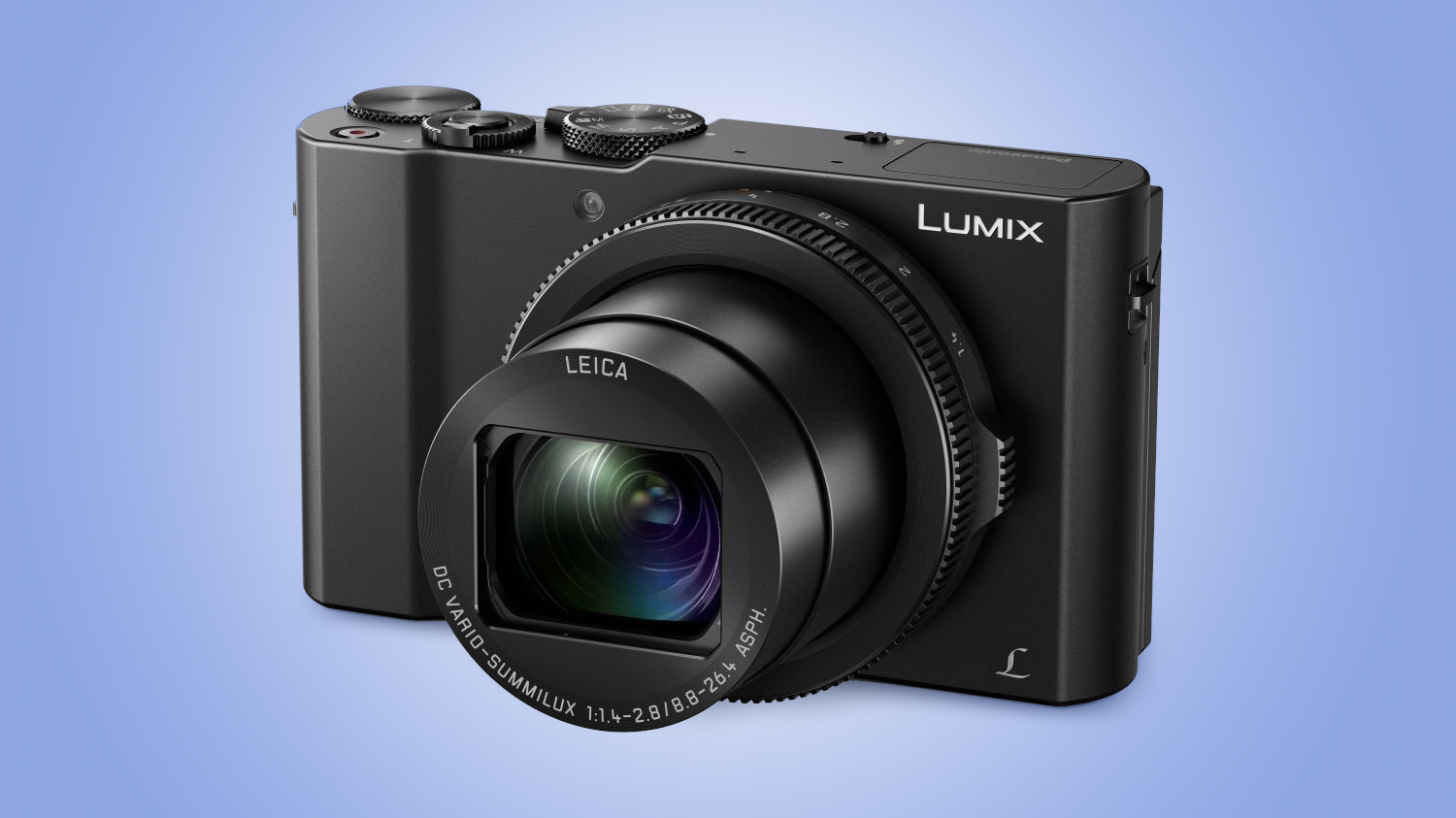
The camera employs a Light Speed-branded autofocus system, with Panasonic’s Depth From Defocus (DFD) technology also on board, with 49 areas as standard but manual adjustment allowing the focusing point to be positioned anywhere. You can do this by either moving the focusing point around the frame or by pressing the camera’s touchscreen to set this, and with the latter option you can expose the frame at the same time. You can also specify your own focusing areas for auto-area focus or call upon pinpoint focus for accuracy when shooting smaller subjects.
Continuous focus when recording both stills and videos, and manual focus with optional focus peaking are also on hand.
As we’ve come to expect from Panasonic, there are a raft of further options designed to make the photographer’s life easier, such as built-in Wi-Fi and in-camera raw processing. Particularly creative photographers can also call upon Time-lapse and Stop Motion animation options, as well as the further option to blend multiple exposures together into a single composite file.
Like Canon with the PowerShot G7 X Mark II, Panasonic has found space for a small pop-up flash within the top plate, although there’s no viewfinder, nor the option to use an external one on account of there being no hotshoe. A single door on the side of the body houses HDMI and USB ports – the latter allowing for the battery to be charged in-camera – while a door at the base provides access to a combined battery and memory card compartment.
Build and handling
- Solid metal construction
- Dual control ring
- 310g
The Panasonic Lumix LX10 / LX15 is clearly designed to be pocketable, just about fitting into the palm of the average hand. Its main body is metal, and the various dials also appear to be built to the same standard, with a handful of buttons on the rear being somewhat small but characterized by good travel.
The top plate contains two dials, one to switch between shooting modes and a command dial that’s principally used to change exposure parameters. The command dial is well sized and moves freely when rotated, and although the stiffness of the mode dial isn’t entirely unexpected, its flatness does make it slightly more awkward to get purchase. Still, if you only ever stick to a handful of exposure modes, this may not be an issue.
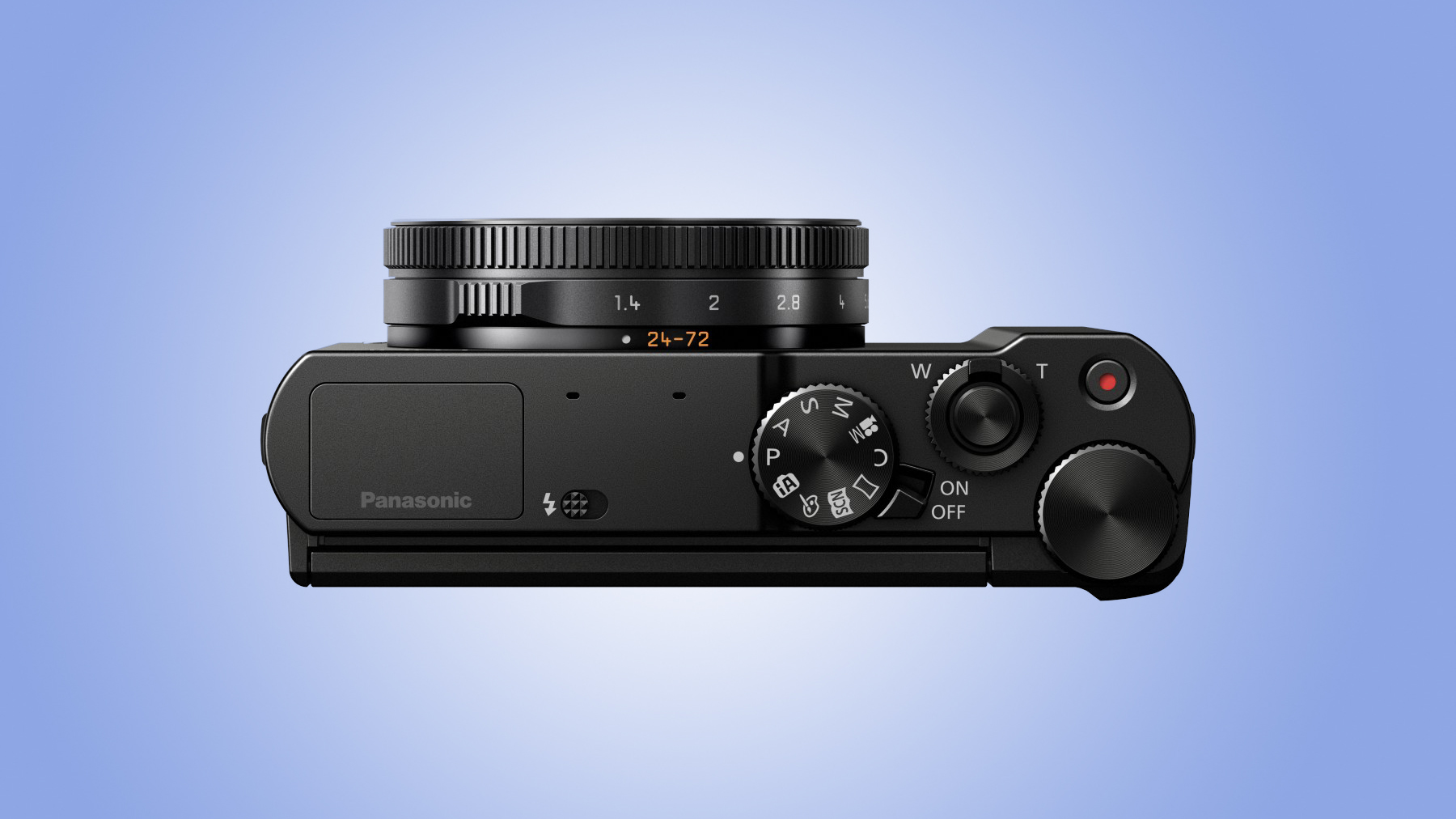
The top plate also sports video record and shutter release controls, with a zoom collar around the latter button, alongside a small catch that releases the flash from its top plate – and on such a small body, everything here falls easily under the finger.
Unlike on the models in the RX100 line there’s a raised section to the front plate that serves as a grip, and this has the advantage of adding only a little to the camera’s size, although some may have preferred something slightly beefier, as it’s not really significant enough to make much difference to handling.
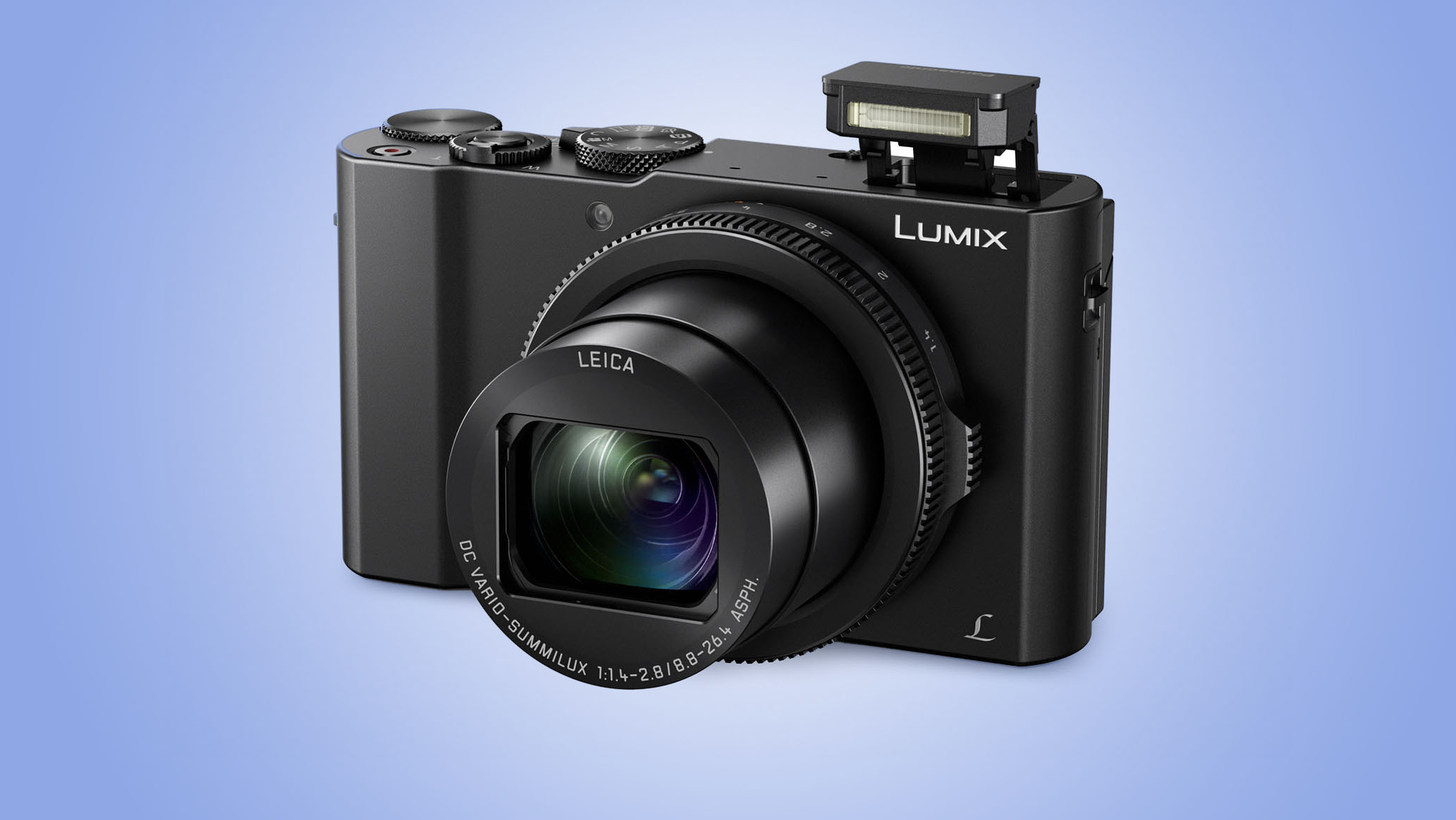
The lens is encircled by a control ring; this is set to zoom the optic by default, but can be customised to perform a range of other functions, from focusing and exposure compensation to many options such as iResolution and aspect ratio.
Between this and the body lies an aperture ring, which has two protrusions around its smooth edge to help the user get a grip. The two rings combined only add a cm or so to the camera’s profile, although the aperture ring’s proximity to the main body and its shallowness mean it follows the mode dial in being somewhat awkward to operate comfortably.
Overall the Panasonic LX10 / LX15 is built to a high standard, with a broad selection of physical controls falling to hand and plenty of scope for customisation, although the small grip and design of the aperture ring show size to have been prioritised over ideal handling and operation.
Autofocus
- 49-point AF
- Post-focus function
- Focus stacking
The last few generations of Lumix compacts and compact system cameras have been blessed with excellent autofocus speeds, so it’s great to find the LX10 / LX15 displays the kind of slick performance we’ve come to expect from Panasonic.
In good light the camera acquires autofocus with almost no delay, at least none that would make any practical difference. When challenged with darker conditions the lens speedily bounces back and forth before confirming focus, and even in particularly dark conditions the sprightly AF-assist lamp means that focus is often found with only minimal delay.

The responsiveness of the touchscreen means you can effortlessly select the focusing point here, and you can adjust this box over eight sizes using the command dial on the top plate. This is great when you need to focus on a very small (or distant) subject, although you can also call upon the Pinpoint option for greater precision. Here, the camera takes a little longer to find focus than when left to its more conventional settings, but the centre of the screen is magnified as focus is confirmed to give you a better idea of what is and isn’t in focus. If you want, you can even adjust the duration of this magnification, which is quite some control for a compact camera.
Also impressive is the extent to which the camera manages to keep a lock on moving subjects, even when the camera is moved very suddenly or when the subject changes direction. In these situations the focusing system works tirelessly to keep a lock, and partnering this with the slower of the two burst-shooting options reveals AF to be maintained well throughout the burst.
Performance
- 6fps burst shooting
- Modest start-up time
- 260-shot battery life
It takes just over a second or so for the Panasonic LX10 / LX15 to fully extend its lens and be ready to shoot after being powered up, which isn’t particularly speedy but is pretty much standard for such a model. There is a slight further delay if you immediately attempt to play images as the camera is turned on, roughly another second or so.
The lens moves relatively slowly through its focal range, although this is necessary when you consider how short it is. A welcome feature is that the zoom collar around the shutter release button is responsive enough to recognise very slight nudges, which makes it possible to adjust focal range in single mm increments for precision. You can choose to step the zoom should you only require commonly used focal lengths such as 35mm and 50mm.
The lens’s maximum aperture of f/1.4-2.8 compares favourably with rivals that only manage f/1.8 or so at the wide-angle end, although using the camera reveals that the maximum aperture closes down to f/2 by 27mm, and to f/2.8 by 32mm, which may disappoint some.
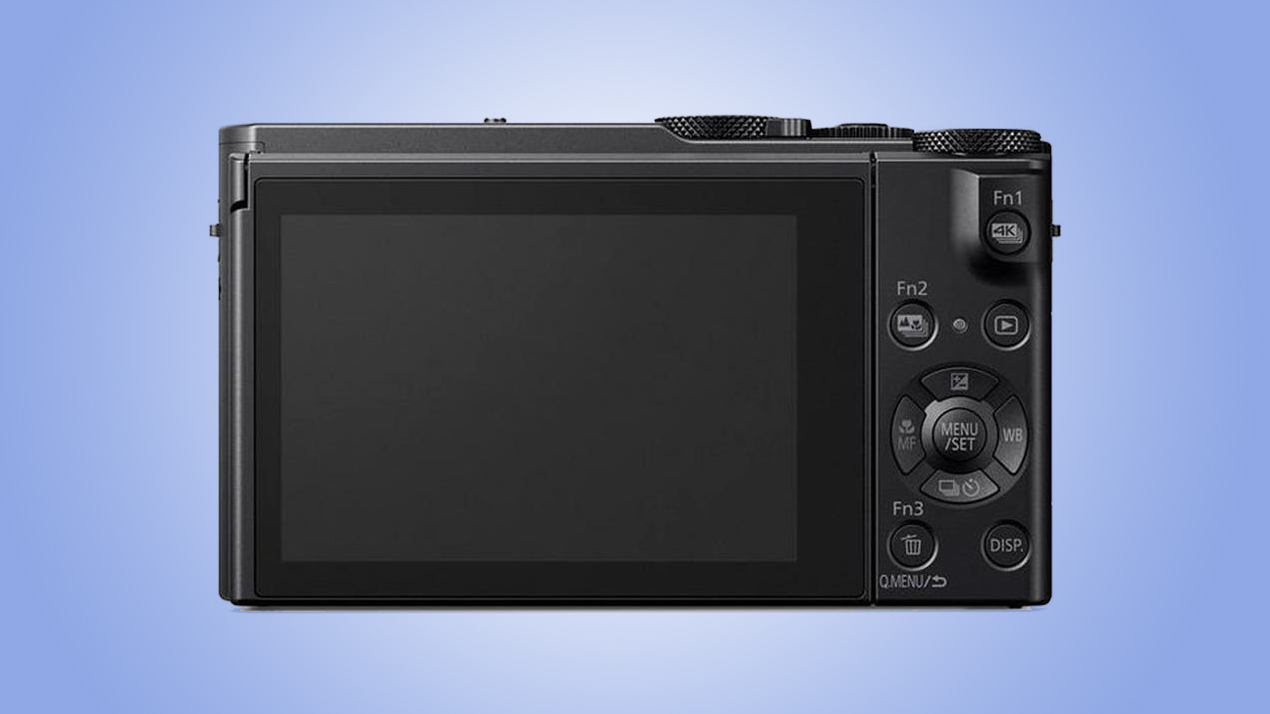
The LX10 / LX15’s LCD screen remains impressively visible outdoors, and its resolution ensures details are reproduced with very good clarity; this is certainly one of the better screen on such a camera. The only time where it appears to fall short is when videoing certain subjects with defined details, as this can occasionally give rise to slight artefacts on the screen.
The option to tilt the screen upwards further improves its visibility when shooting at awkward angles, although rival models such as the Sony RX100 IV and Canon Powershot G7 X Mark II have a dual-hinge design that enables both upward and downward tilting; in the absence of the same here the screen struggles to be as usable when the camera is held above head height.
The screen is, however, pleasingly sensitive to touch, particularly when used to select the focusing point, although you quickly find this to be just as useful when selecting shooting options. You can also use touch to swipe through and zoom into images, although on such a small body it’s arguably more comfortable to use the physical controls to perform these tasks.
One small issue here is that the screen’s flushness with the rear of the camera, together with its proximity to where your thumb rests, means that it’s all too easy to thumb the screen inadvertently in its corner. Normally this wouldn’t be an issue, but when the touchscreen is enabled this has the effect of shifting the focus point to this area.
Image quality
- ISO125-12,800, expandable to 80-25,600
- Solid metering system
- In-camera raw processing works well
In general, there appears to be little need to call upon the camera’s exposure compensation function in day-to-day shooting, as the default evaluative pattern copes well with a range of scenes. Shooting out on the street, the camera only underexposes a touch when faced with a larger area of bright skies, generally doing a fine job of maintaining a balance across the frame. Likewise, when capturing a predominantly dark subject, the camera isn’t easily foxed into delivering an overexposed image like so many others are.

Processing raw images shows a reasonable degree of latitude with such scenes too. Areas underexposed by a stop or so can be lifted successfully, and those underexposed even further are also able to be rescued, although only in conjunction with careful noise reduction and sharpening. Raw processing in camera is fairly well thought-out, with a good range of options including the choice to save files over existing versions or as new ones.

When using the Standard Photo Style, colours appear accurate and true to life, but perhaps without the punch expected. Switching to the Vivid option lends images a pleasing depth without oversaturating colours or making everyday scenes appear unnatural, and is also perfectly suited to the kinds of scenes in which you might make a point of calling upon it, such as nature and landscapes.
The camera’s Auto White Balance system is accurate under natural conditions, and does very well under combinations of artificial and natural light, with consecutively captured images showing excellent consistency.
Sharpness isn’t too bad at f/1.4, particularly in the centre of the frame where this is highest, although comparisons with the same images captured at smaller apertures shows that stopping down has a marked effect. The camera appears to be doing an excellent job to correct curvilinear distortion at wide angles too, with just a touch remaining in raw files compared with JPEGs. Furthermore, while some chromatic aberrations are visible in raw files, these are also generally low enough not to be objectionable.

Image noise is fairly absent at lower sensitivities, and only a gentle pattern affects images captured in moderate lighting when using mid-range sensitivities such as ISO1,600, one that could be easily processed out with any ill effects. Nevertheless, the noise reduction applied to images at higher sensitivities is not only destructive to details but also reduces colour saturation and leaves images lifeless. Unlike on many other cameras, high-ISO noise reduction is adjusted for each Photo Style rather than applied globally, although you can also tweak this as part of the camera’s Raw-processing functions post capture.
Verdict
Panasonic has a long and commendable history in the enthusiast compact market, and the LX10 / LX15 is another fine addition to the Lumix stable.
Its snappy autofocus system and clear, responsive touchscreen make it a highly enjoyable camera to use, and the standard of its images and videos is reliably high. The fact that the camera is so diminutively proportioned also means you won’t feel discouraged taking it out for the evening, but will still feel confident enough to use it in more demanding scenarios, where you might normally use an interchangeable-lens camera.
It’s not, however, alone in managing to offer all this, and highly capable rivals from the likes of Sony and Canon mean it’s worth thinking carefully about what you need, and what you’re happy to do without. The lack of a viewfinder and a proper grip alone, for example, will be enough to put off many, particularly those accustomed to interchangeable-lens systems. Those capturing seascapes or long exposures may also be irked by the omission of an ND filter, although this is a minor point and it won’t upset everyone.
If these things don’t put you off, the Panasonic LX10 / LX15 is worth a serious look, particularly if you’re lucky enough to own a 4K display of some kind and imagine you’ll call upon video recording with some frequency. True, it may not be significantly different to existing compact options, but it still manages to offer and excellent performance-to-size ratio – and that’s precisely the point of such a camera.
Competition

Sony RX100 III
Sony’s massively popular RX100 line is now on its fifth iteration, but the Mark III option is perhaps the main rival to the LX10 / LX15 when prices and specs are considered. The LX10 has the advantage of a touchscreen and a lens that’s both slightly faster and marginally broader in focal range, although the RX100 III boasts an excellent built-in electronic viewfinder and an integrated ND filter, together with 16fps burst shooting and a slightly longer battery life than the LX15.
Read the full review: Sony RX100 Mark III
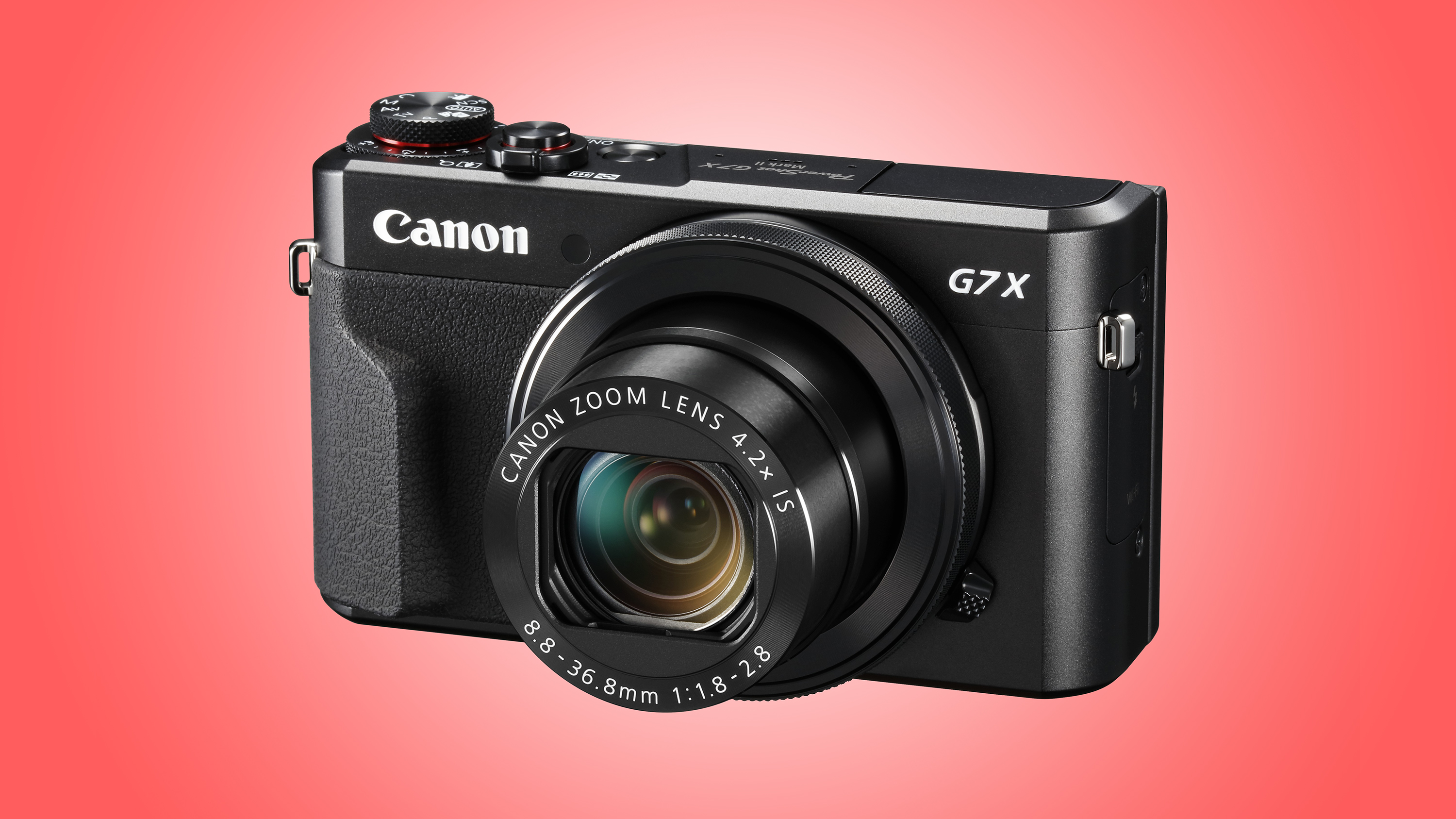
Canon PowerShot G7 X II
A slightly cheaper but still very capable alternative from Canon, the G7 X Mark II has a longer (but slightly slower) 24-100mm f/1.8-2.8 lens, a built-in ND filter and a more defined rubber grip that provides superior handling to the LX10 / LX15. On the other hand, its beefier size means it’s not quite as pocketable as the Panasonic, and it’s a shame that video recording tops out at Full HD.
Read the full review: Canon PowerShot G7 X II
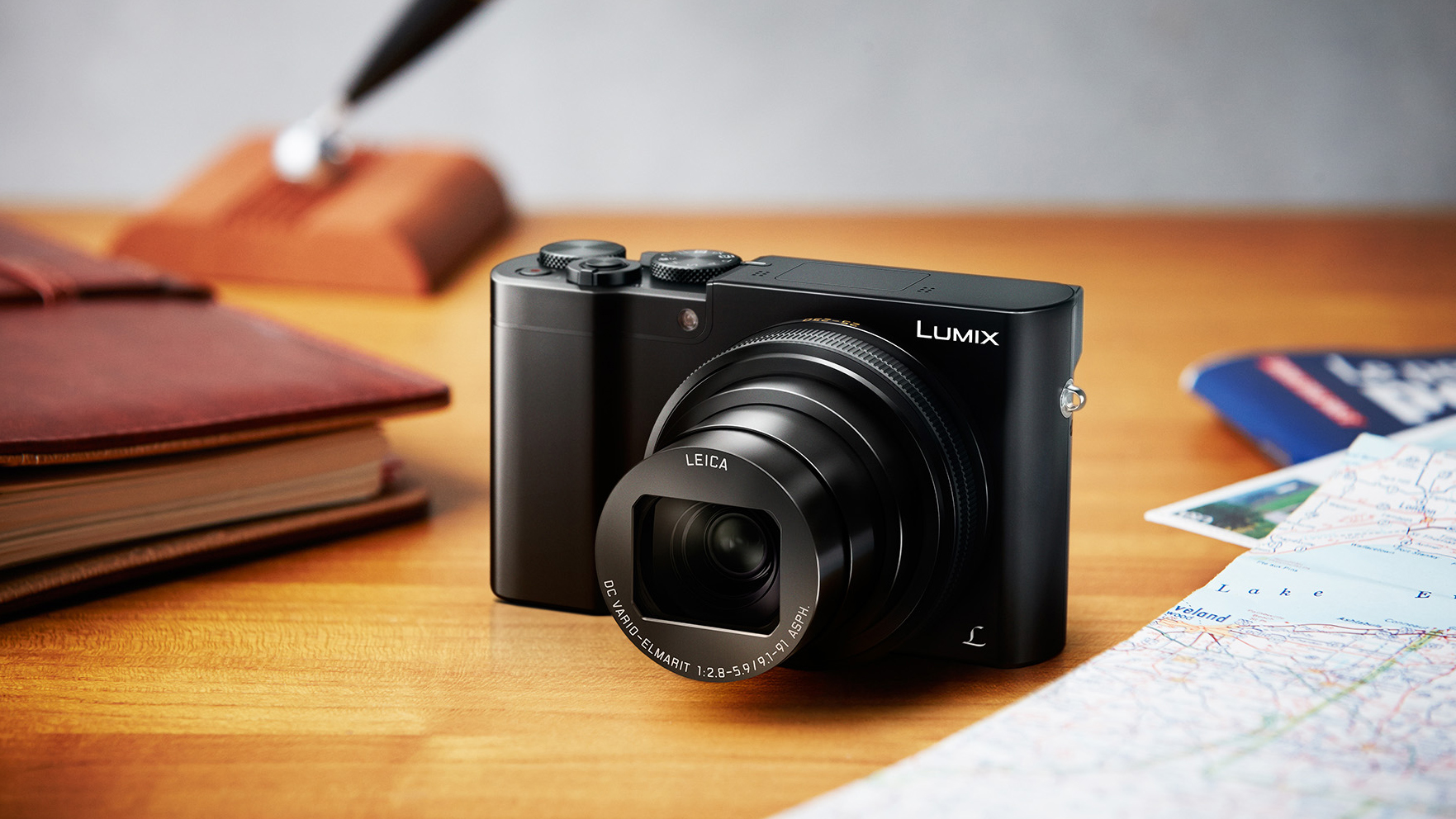
Panasonic Lumix ZS100 / TZ100
While the ZS100’s 25-250mm lens places it firmly in superzoom compact territory, it equals the LX10 in combining a 20MP 1.0-inch sensor and 4K video recording, and does so with a reasonably similar body size and at only a marginally cheaper asking price. Aside from its longer lens it also has a built-in electronic viewfinder to recommend it, although its screen can’t be tilted in any way, unlike the LX10’s.
Read the full review: Panasonic Lumix ZS100 / TZ100